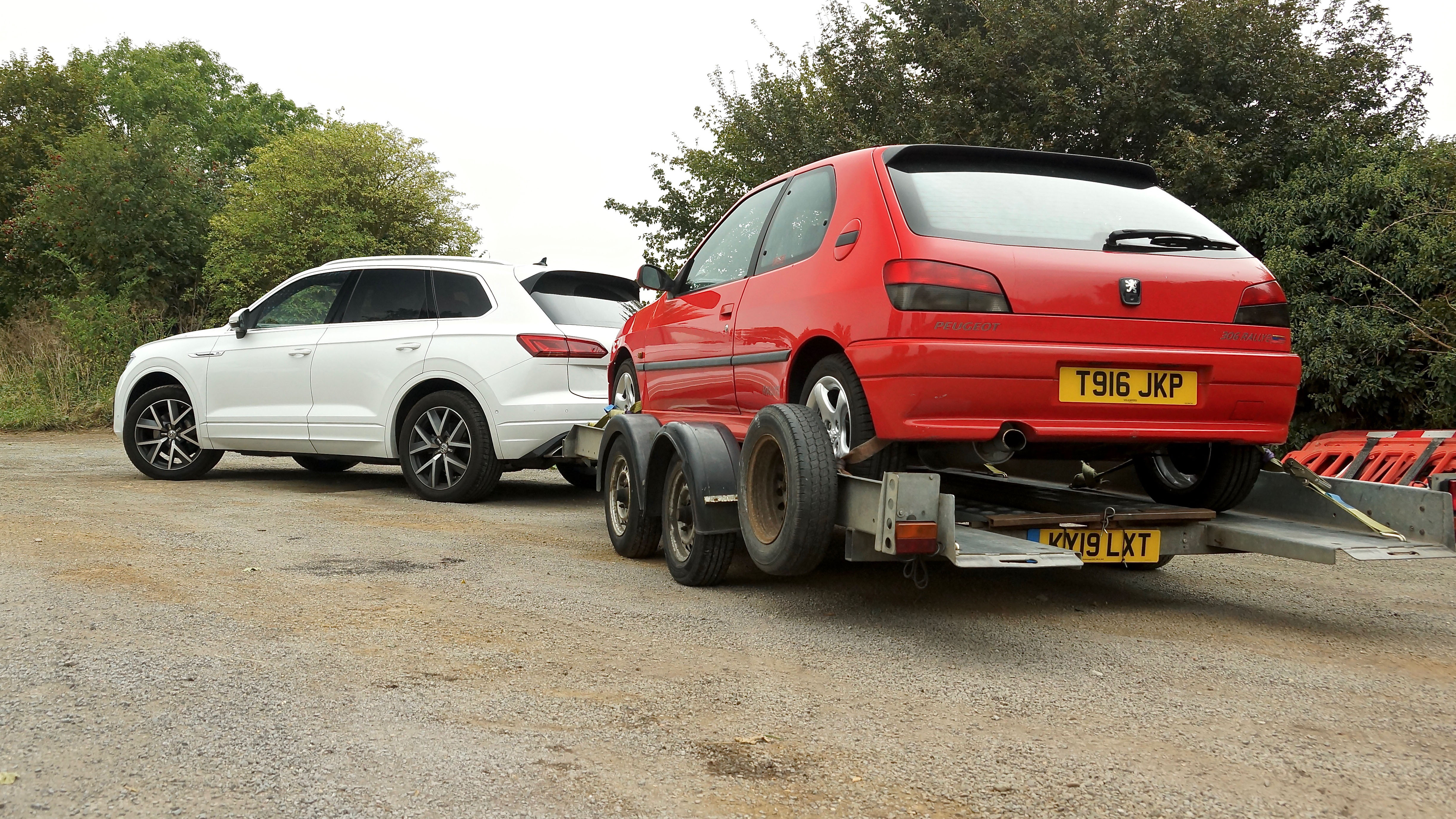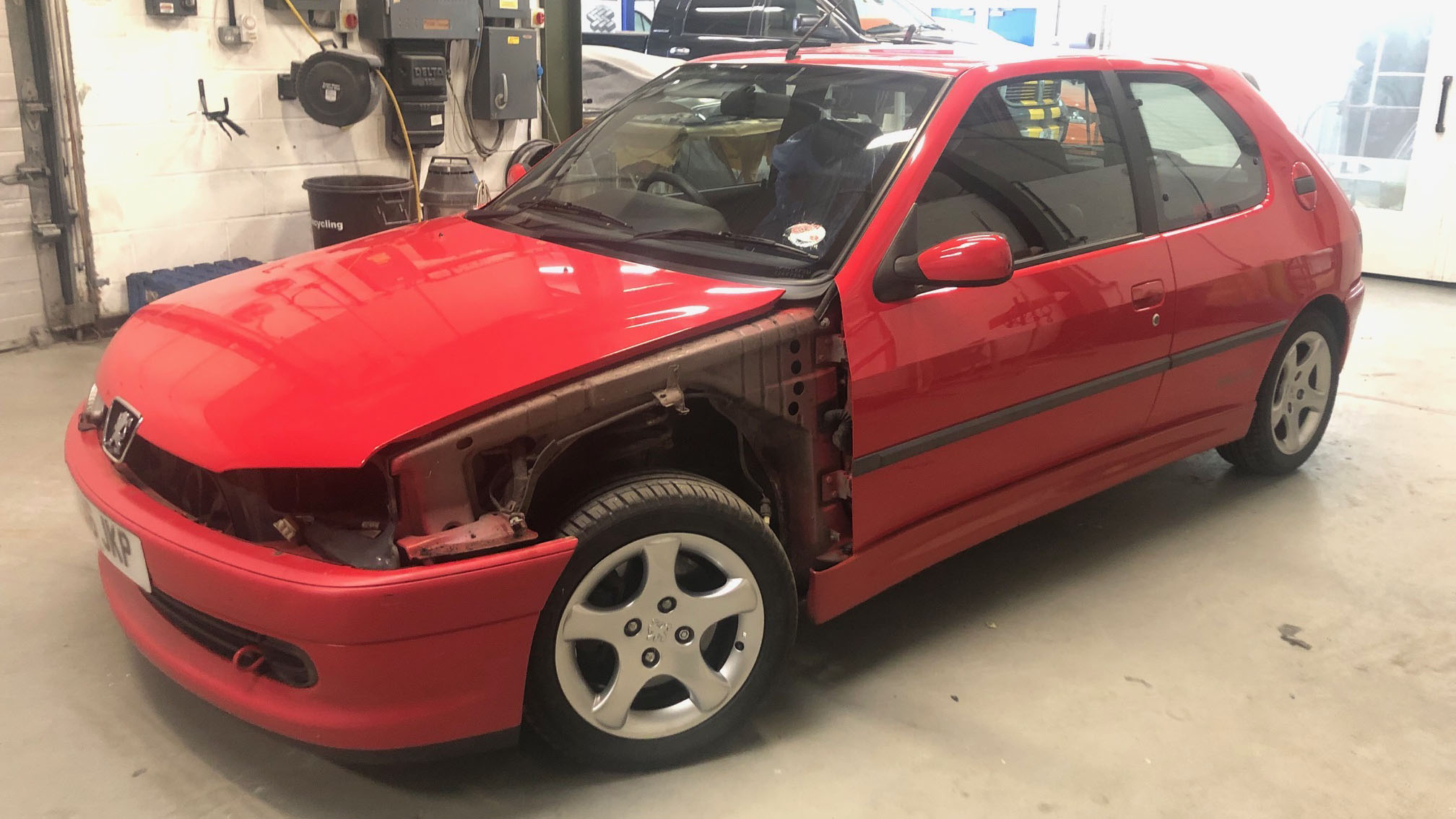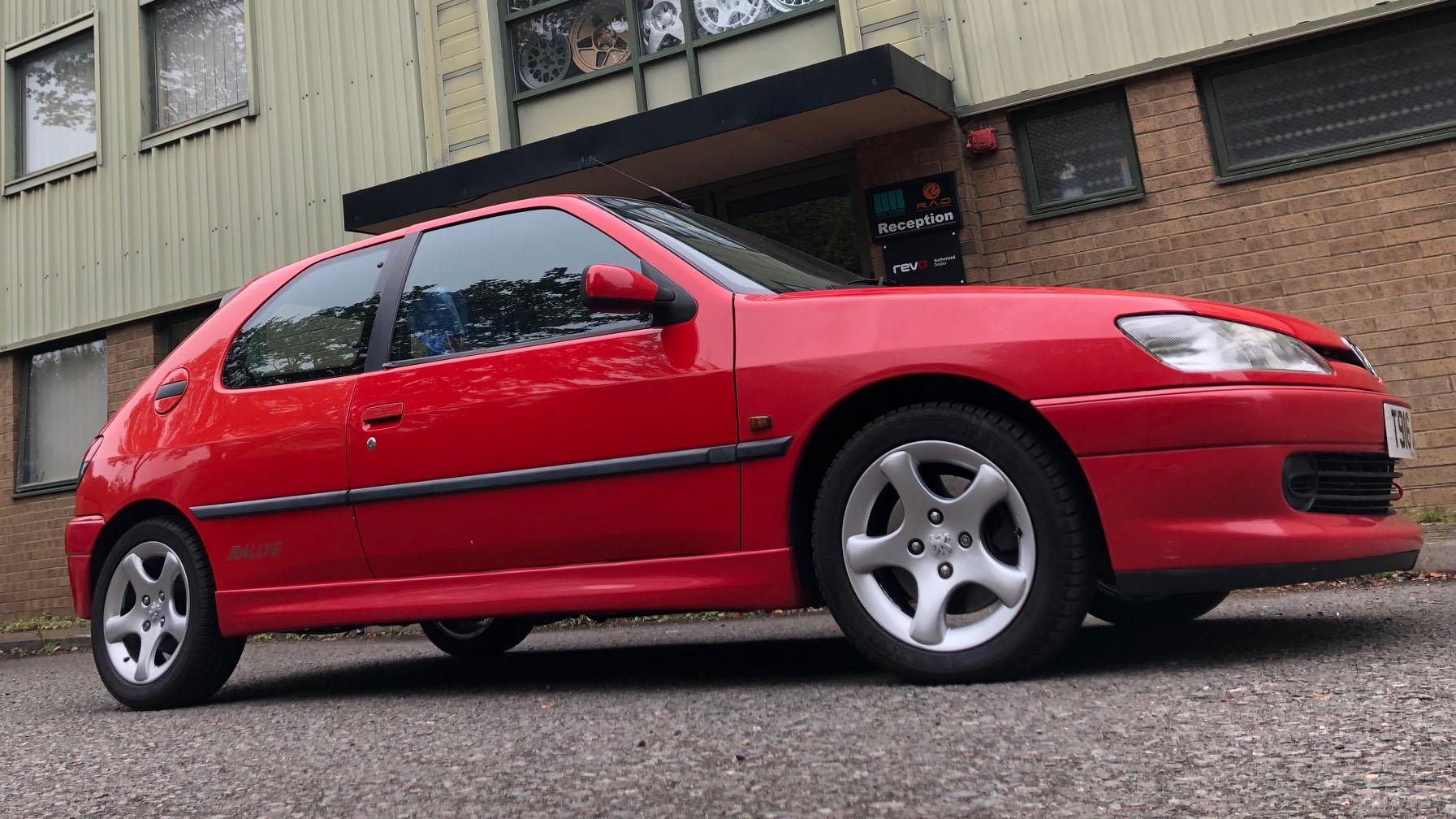
SPEC HIGHLIGHTS
- SPEC
Peugeot 306 Rallye
It is red, honest
Turns out the 306 isn’t red. ‘This isn’t news,’ I hear you say ‘the rear offside panel was mostly orange, and there was a pinkish hue to much of the rest of it.’ Yep, oxidisation's a git; but no, you’re barking up the wrong tree. Because I’m talking about actual science.
“When we put the spectrometer on the paint,” Jonny Leggett of Reflex Auto Design tells me, “it was actually only 76 per cent red, the rest was about 16 per cent violet and a tiny bit of black and white.” Is that really what the Peugeot paint is made up of? “Nah, this is a Hyundai red.”
Confused? Me too. So here goes. Paint changes over time. The sun and weather get to it, the tones change. Paint the 306 the original Peugeot paint code and the chances are it’ll look like a Polo Harlequin. Reflex Auto Design has a paint spectrometer. All they need to do is clean up a panel, put the spectrometer on it to analyse the paint and then mix what it says: in this case a blend of five colours that was an exact match for a current Hyundai colour, which a process of deduction leads me to believe is Tomato Red.
Simple stuff, right? Cover up other bits, spray panels, jobs a good ‘un. Which would make the £950 final bill look very steep. What am I saying, it is very steep considering the car’s hardly a cult classic (not yet, people, not yet). It appears I have got that far down the rabbit hole that big bills are now failing to frighten me. This is doubly concerning.
Moving on. I’d bought a front nearside wing (new, £53.96 on Ebay) as the old one was beyond economic repair. That needed no prep of course, but you can’t just spray one panel without blending it into the one next door, which meant that a large tranche of the car needed to be taped up, plus door locks, mirrors, windows and rubbers removed - plus one of the original Rallye stickers had to be sacrificed (sob).
Next comes sanding with a super-fine 1000-grit rotary sander (to give the base coat something to bind with), and from that point it can be primed in the areas that need it, then sprayed with its Hyundai paint, the main panels getting a full coat that’s then blended out on the panels that surround it. Jonny’s been doing this over 20 years. He knows what he’s about. Drying time is minimal – the clear coat lacquer can be sprayed over after only 10-15 minutes.
And now it looks, well, not quite awesome, if I’m honest. It’s one of those things – make one bit pristine and the areas that haven’t been touched automatically stand out. The scratch marks and stone chips on the bonnet, the faded plastics, the still-pink bumpers. These last we’d talked about having painted, but the additional cost was just too much. If we can’t get them sorted, I might be back on Ebay. But before that let’s see if there’s any life left in them. Time for a bit of all-over pampering. And to think a couple of months ago I didn’t care about the cosmetics.
Featured

Trending this week
- Car Review
BMW 1 Series






